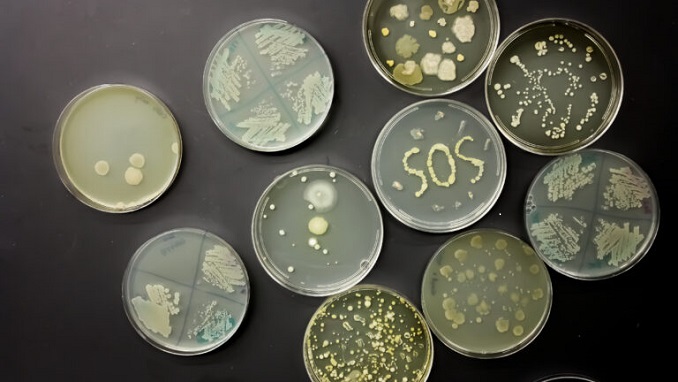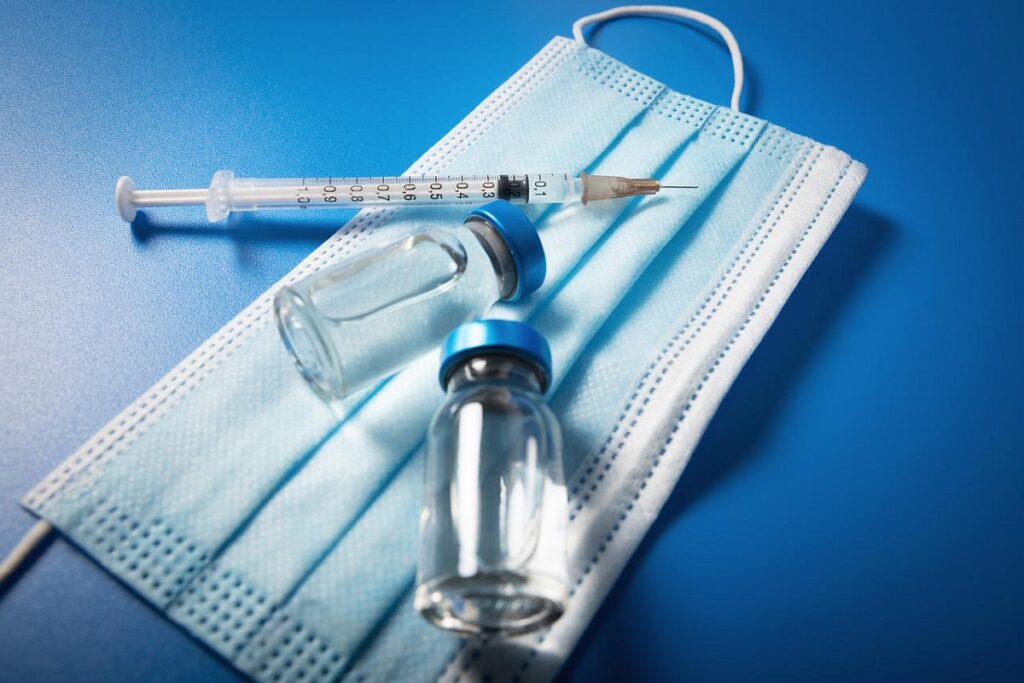According to a study published earlier this year in The Lancet, antimicrobial-resistant infections have become a leading global cause of mortality. The study showed 1.27 million people died worldwide in 2019 as a result of antimicrobial resistance, or AMR. This is roughly double the number of fatalities caused by HIV/AIDS or malaria.
The Centers for Disease Control and Prevention (CDC) said last week that the number of antibiotic-resistant infections that killed people in the US increased 15% in 2020, after going down for years.
The CDC estimates that more than 29,400 individuals died from antimicrobial-resistant infections in 2020. Since data for half of the 18 pathogens that are considered risks is either not available or is taking a long time to come in, the real number is likely much higher.
The overuse of antibiotics came with a high price
Experts have warned that the excessive use – and frequently overuse – of antibiotics in attempting to treat COVID-19 may result in more AMR. This emphasizes the need to understand the intricate links between bacterial and viral infections.
“These life-saving drugs are being taken for granted and many bacteria have become resistant to them. Given enough time, bacterial evolution will render every antibiotic ineffective. We need to act,” Boston University’s Kevin Outterson and AMR Action Fund‘s Henry Skinner wrote in a Boston Globe column on July 18.
We need to develop more antimicrobials
The situation is worsened by the fact that few new antimicrobials and antibiotics are being developed. Funding for R&D of these drugs has declined, as this class of medicines does not yield blockbuster sales, as Bio.News reported earlier this year.
As a result, “there are just 43 antibiotics in the development pipeline, compared to over 1,000 drugs for cancer,” according to an op-ed in Fortune by Biotechnology Innovation Organization (BIO) President and CEO Dr. Michelle McMurry-Heath and the AMR Action Fund’s Dr. Henry Skinner.
As Outterson and Skinner explained this week, money alone cannot solve the problem.
“To maintain this cornerstone of medicine, the federal government needs to fix the broken market, stimulate innovation, and ensure that doctors can prescribe the most effective treatments to patients in need,” they said.
A ‘subscription model’ could help
One possible solution, for example, is a subscription-style model for funding antimicrobial R&D.
“Like Netflix, in which customers pay a fixed fee regardless of how many shows they watch, governments pay a pre-determined fee for the successful development of an outstanding new antibiotic, regardless of how often it is prescribed in the first years after approval. By paying for an antibiotic’s value to society instead of its volume of sales, these programs will enable new drugs to be used sparingly while encouraging companies to keep innovating” Outterson and Skinner explain. This is the model that’s in the proposed PASTEUR Act, currently under consideration in the U.S. Congress.




